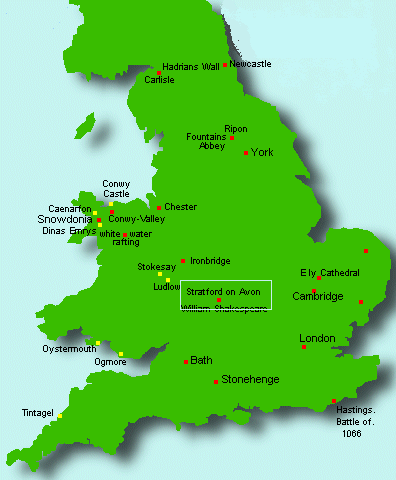![]()
|
![]()
|
|
COAT OF ARMS
A Royal Coat of Arms was granted to Dr. John Nason of Church House, Stratford-on-Avon, around 1620. The Fairbairn Book of Crests describes it as "A ram's head couped" but a version with three ram's heads also exists.
The motto is "Spe labor levis" which could be roughly translated as "I bear my work lightly."
![]()
| ||||||
Richard Nason was born in 1606, the son of John and Elizabeth (Rogers) Nason, in Stratford-on-Avon, England. He settled at Pipestave Landing, on the Salmon Falls River in the Berwick section of Kittery, Maine, in 1631 and apparently owned as many as three stockades in town on 200 acres of land. According to Stackpole's
History of South Berwick: But his life in Kittery was not without discord. In 1645, he and his wife, Sarah Baker, had a dispute with her father, Richard Baker, who was tried in New Hampshire and fined 5 shillings "for beating Richard Nason that he was black and blue and for throwing a fire shovel at his wife." In 1655, he was charged with not attending church meetings and in 1659 was fined 5 pounds and disenfranchised for entertaining Quakers. Richard was a man of principles however, and unbowed by the court's decision. Ten years later, he was accused of blasphemy. Philip Chesley of Oyster River was witness against him, and while the General Court did "not judge him so guilty of that fact as that by our lawe he ought to die," he did have to post a 40 pound bond for good behavior. As Stackpole notes in his Old Kittery and Her Families: In spite of his run-ins with the law, Richard was apparently well-respected in the community. In 1649, he served as a juryman; in 1653, he was an Ensign, then a Selectman (as just mentioned above), and he went on to hold other town offices in Kittery. The inhabitants of Kittery elected him Deputy to the General Court in 1669, but the court, enraged at this affront to its authority, refused to seat him and called the people of Kittery to account for electing him. In his old age lived with his son Benjamin on the family property at Pipestave Landing. His will is dated July 14, 1694, proved December 22, 1696, at Kittery, and probated on March 15, 1697. It names his own children, his wife Abigail, Abigail's children by her first marriage, Nicholas Follett and Sarah Meader, and Abigail's granddaughter by her previous marriage, Sarah, daughter of Mary Witham.
| ||||||
|

HOME | Writing Resource Page | Genealogy Page | INDEX
![]()
|
|
![]()

